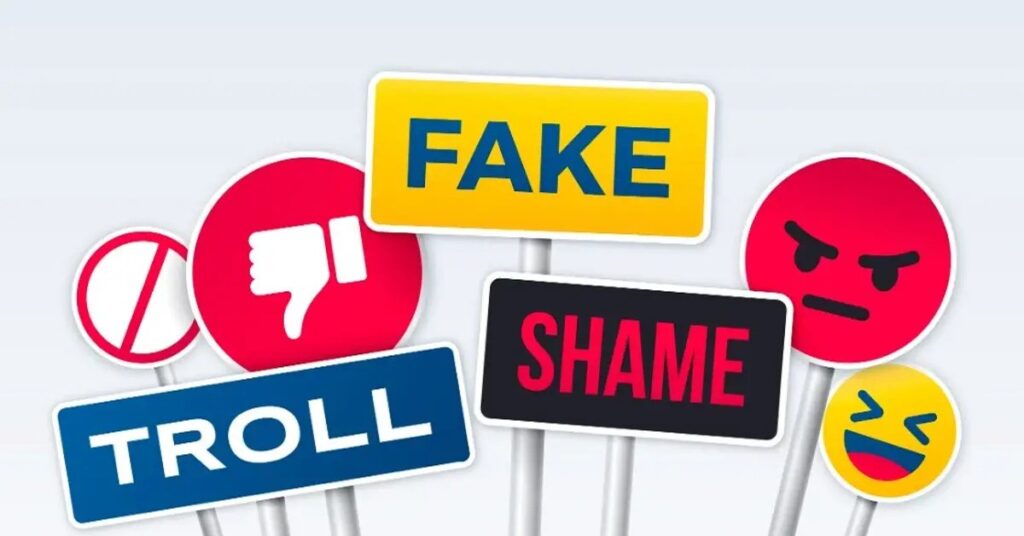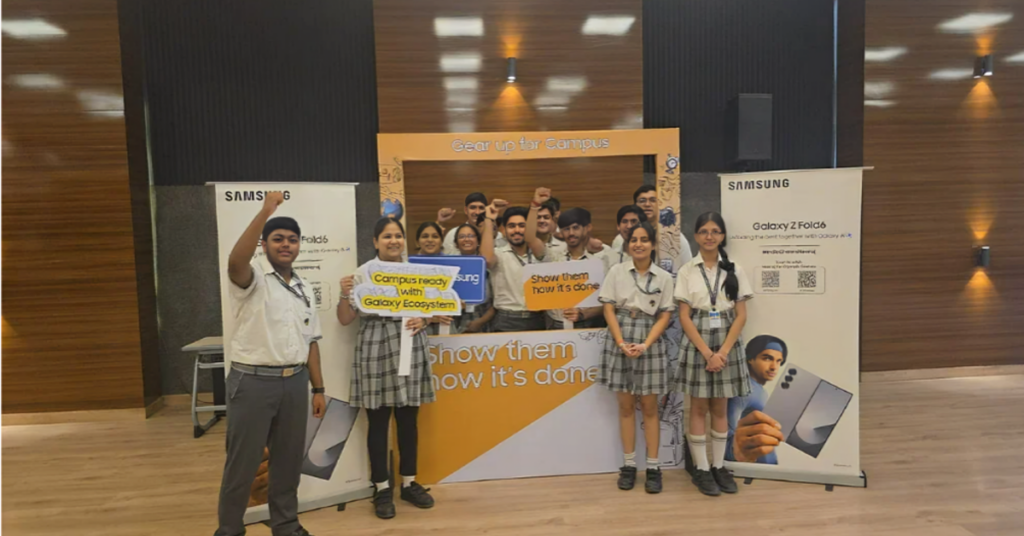In the fast-paced world of branding and marketing, businesses are continuously looking for innovative strategies to captivate their target audience and drive sales. One such powerful approach that has gained tremendous momentum in recent years is “Drop Culture”.
It embraces scarcity, exclusivity, and time-limited offerings to create a buzz around products and services. In this article, we will dive deep into the concept of drop culture, how it helps companies connect with their audience, and look at modern-day examples.
What is Drop Culture?
Drop culture, often referred to as “hype drops” or “flash sales”, is a marketing technique that centers on limited-edition releases. Basically, it’s a trending marketing strategy to sell products exclusively or in very small quantities, over a limited period of time. Drop culture is based on the concept of the “scarcity effect”, which was theorized in 1975 by three researchers in social psychology. This concept is about creating high demand and time pressure, prompting the consumer to make purchases for fear of missing out!

The key to drop culture lies in generating anticipation and excitement among customers. By making products available for a brief period or in restricted quantities, brands create a sense of urgency, and exclusivity, encouraging consumers to act quickly to secure their desired item.
Brand Loyalty – by engaging in drop culture, businesses foster strong connections with their customers. loyal fans become more dedicated, anticipating and participating in each drop event, which further strengthens the brand-customer relationship.
Enhanced Marketing Impact – hype drops generate immense buzz and excitement on social media platforms and online communities. This organic word-of-mouth marketing boosts brand visibility, attracts new customers, and enhances overall marketing impact.
Inventory Management – drop culture enables companies to manage their inventory more efficiently. By producing limited quantities, they can gauge demand accurately, minimizing overstock and reducing the risk of unsold items.
Nike and Adidas thrive on drop culture marketing. Both brands release exclusive sneaker designs in limited quantities, creating tremendous hype, wherein Nike and Adidas enthusiasts compete to own a piece of the sought-after footwear. McDonald’s has also been cashing through this strategy for decades with its limited-edition offerings like BBQ Quarter Pounder with Cheese, McCrispy Deluxe, and Mozzarella Bites among others. Burger King also offers a similar strategy with its limited-edition Melts, and Spicy Chicken Fries.

The gaming industry, particularly, video game companies have adopted a drop culture for in-game events, with exclusive items and limited-time offerings. Gaming enthusiasts eagerly participate in these events, eager to get their hands on unique virtual assets.
Overall, drop culture has emerged as a potent marketing strategy that resonates with today’s consumers. By leveraging scarcity and exclusivity, businesses can create a sense of urgency and demand among their target audience, leading to increased sales and brand loyalty. As we move further into 2023, more brands will embrace this strategy and craft exciting limited-edition experiences that captivate and engage consumers on a global scale.
Also Read: Staying Grounded: Why Brands Cannot Afford to Lose Focus



